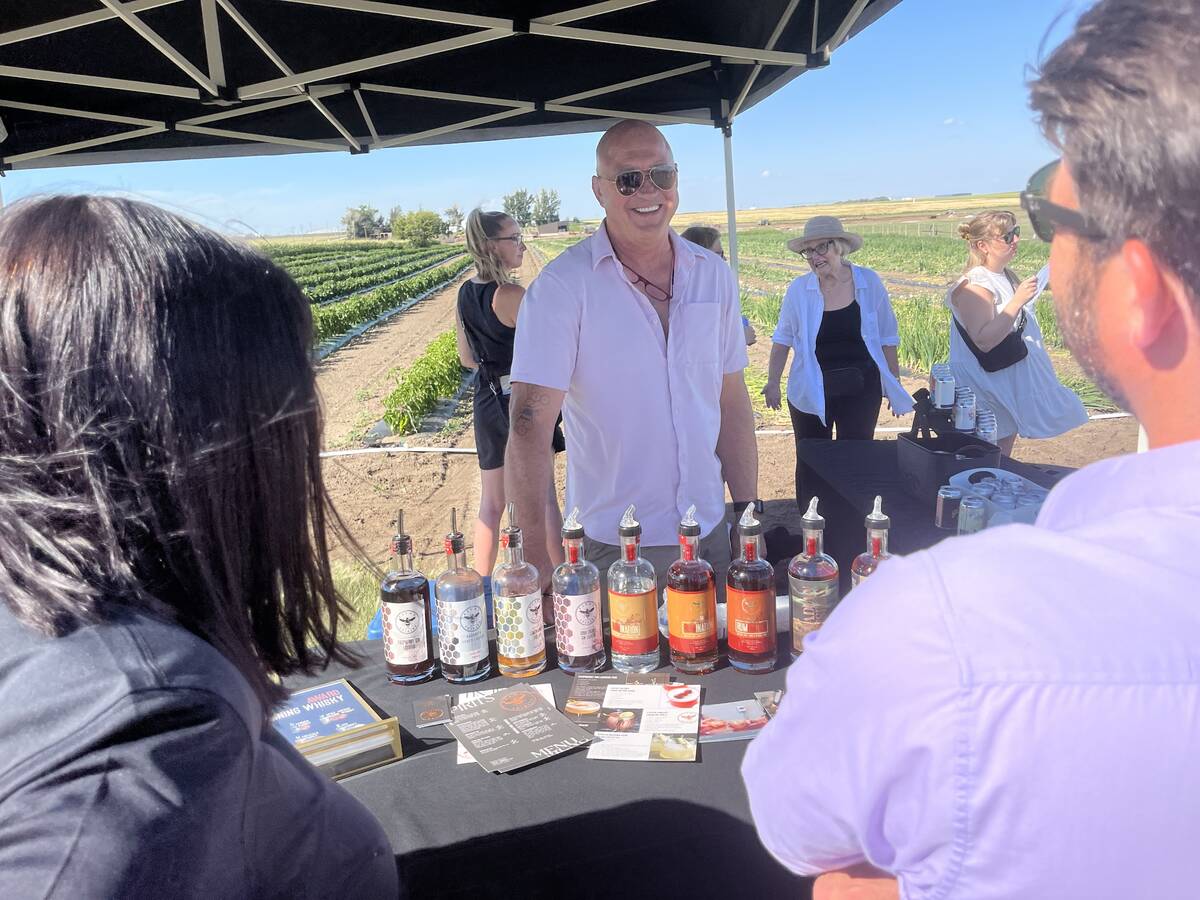More investment | While some Australian farmers oppose the switch from public to private funding, others say it is more reliable
Publicly funded plant breeders are becoming a rare species in Australia, especially when it comes to large acreage crops such as wheat, barley and canola.
All of Australia’s wheat breeding programs have been sold in the past 15 to 20 years and are operating in the private sector as stand-alone, for-profit companies.
Canola breeding is also exclusively in the hands of the private sector, and all but one of the country’s barley breeding programs has been privatized.
The country’s last publicly funded barley breeding program, based at the University of Adelaide, is in the process of becoming a stand-alone company.
Read Also

From farmer to award-winning distiller
Pivot Spirits showcases transition from farmer to distiller with provincial award-winning results in Alberta for Lars Hirch
That process is likely to be completed in the next year or two, and Viterra was expected to take an ownership position in the new company.
“Gradually, we have seen all of the state agriculture departments and universities basically spin out their (wheat and barley) programs or have them licensed off … to become part of that private sector space,” said Jason Eglinton, a barley breeder at the University of Adelaide.
“Most of those programs have a large multinational investor.”
Multinational companies, including Limagrain, Dow and Monsanto, all have a significant ownership stake in Australian wheat and barley breeding programs that were once publicly funded.
Eglinton said privatization of Australia’s public plant breeding programs began in the mid-1990s and climbed over the next decade.
Australian farmers traditionally depended heavily on the use of farm-saved seed, which meant slow adoption of new varieties because the situation was not conducive to new investments in plant breeding.
Australia’s state and federal governments began to scrutinize their contributions to public plant breeding programs, which were run primarily by state governments and university agriculture departments.
These programs were eventually slated for privatization and a new funding mechanism known as end-point royalty (EPR) was introduced.
End point royalties allow plant breeding companies to charge a royalty on every tonne of commercial grain that is produced.
The system allows farmers to use farm-saved seed but all crops produced from an EPR seed variety are subject to the royalty fee.
Royalties are charged at the point of delivery and revenues are returned to the plant breeding company.
The system has resulted in more private investment in cereal breeding programs, but critics say private sector breeders tend to focus primarily on varieties that will be widely grown on a large number of acres.
The private sector model produces fewer specialty or niche cereal varieties. End point royalties vary from crop to crop and variety to variety.
In most cases, they range from a low of $1 to $2 a tonne to a high of $4 per tonne, Eglinton said.
For example, Australia’s market-leading malting barley variety has a royalty rate of $3.80 Aus per tonne.
“I guess to some extent, the royalties reflect the value proposition of the crop itself,” he said.
“We think around that $3 to $4 mark in cereals is about the point that the market will tolerate. Anything above that and there would likely be some serious kick-back.”
Response to privatized cereal breeding has received mixed reviews. Some farmers view it as further evidence that multinational corporations are gaining a stranglehold on the Australian agriculture industry.
Others argue that public funding was becoming increasingly unreliable and that private sector investment in wheat and barley breeding was inevitable.
Today, Australian governments still offer financial support to plant breeding programs that work with minor acreage crops such as oats, durum and pulses, but even they are being positioned for privatization.
“I think by and large, farmers were fairly comfortable with privatization because there was a pretty solid communication program that went out … explaining that it was becoming very difficult to maintain a quality infrastructure and quality people when you’ve got a declining public sector funding base,” said Eglinton, who is in charge of privatizing the University of Adelaide barley program.
For plant breeders and technical staff, the transition has required some adjustment, he added.
Cereal breeders have less latitude to pursue interests that have no chance of generating positive financial returns for the company. In addition, university breeding programs that once had a direct working relationship with the larger research community are now operating as separate entities, which limits the flow of information and knowledge.
“Under a public model, we had a system where breeding was intimately related to the basic and applied research, so you almost had a seamless path to market, if you like,” said Eglinton.
“Now we have a very deliberate split between those two functions, so our task, in a lot of cases, is to build bridges back between them.”















